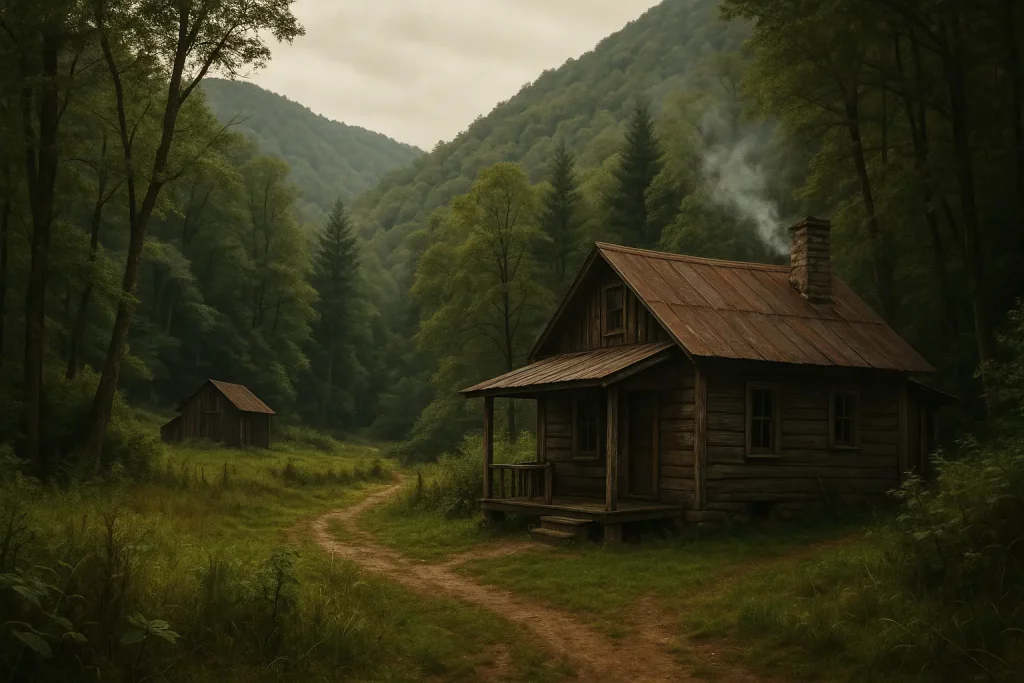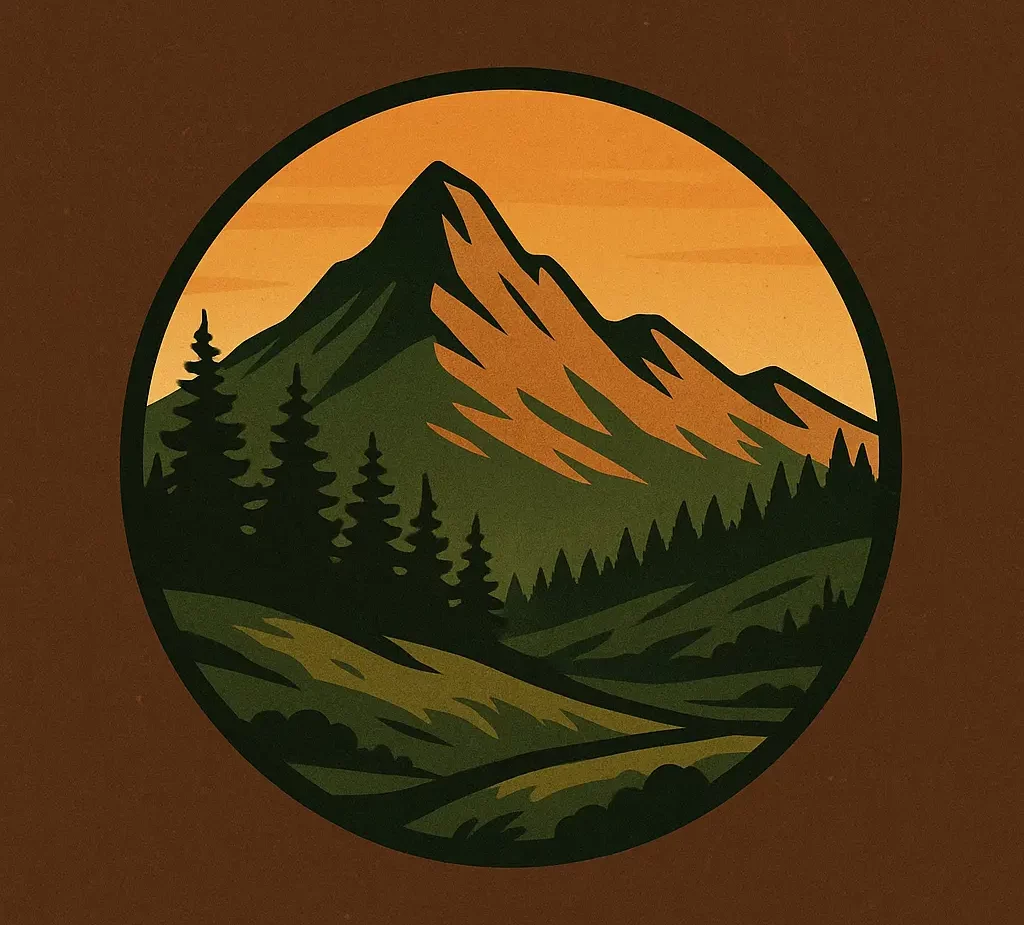
I ran with Appalachian State University Track and Field as a walk-on. Middle distance. Lots of 800s. Some 1500s. I trained, I raced, I iced, I cramped. I’ve got the blisters to prove it. So this isn’t a brochure. It’s what it felt like.
First, the vibe
The team felt like a big, messy family in the mountains. Boone sits up high. The air is thin, the wind is real, and the hills don’t care if you’re tired. That can scare you. It can also make you strong.
We cheered loud at practice. We also called each other out when splits slipped. You know what? I liked that. It kept me honest.
Training days in Boone
Let me paint a Tuesday. We warmed up on the Boone Greenway path. It’s flat, safe, and it hugs the creek. Need a map? The popular Greenway Trail Loop page breaks down the turns and mileage. Then we hit the track for 12 x 400m at race pace with 60 seconds rest. Coach called splits at the line. The backstretch? It felt like a wind tunnel some days. We learned to tuck in, then swing wide.
Thursdays, we did hills. Short, mean repeats up a climb near campus. If you’ve run in Boone, you’ve met those hills. If you haven’t, imagine your quads screaming and your lungs buzzing. It hurts. It works.
Long runs on Sunday were quiet. Fog, cow fields, a dog or two that never left the yard. I wore a Garmin Forerunner. I love data, but I also learned to run by feel, because weather and altitude play tricks. And if your runner brain ever drifts toward backpacking those same ridgelines, here’s a candid look at what actually made it into a pack for a full Appalachian Trail thru-hike.
Facilities: the good and the gritty
- The track: Fast enough on calm days, a grind when the wind kicks. The surface felt fair. I liked doing strides on the back curve, where the sun hit first in spring.
- The weight room: Clean, simple, and not flashy. Squats, pulls, step-ups. Bands for hips. The basics. Our lift coach watched form. My knees thanked him.
- Training room: Ice baths that hurt in a good way. NormaTec boots on rainy days. Tape for everyone. The trainers knew our names and when we were faking “I’m fine.”
- Indoor season: No fancy banked track on campus when I was there. We traveled a lot. JDL Fast Track in Winston-Salem became a second home. Flat, fast, loud. The vans smelled like Tiger Balm and wet socks.
If you want to see how another program squeezes big gains out of modest digs, check out the approach at Prairie Bluff—it’s proof that attitude counts more than marble floors.
Is it perfect? No. Parking near practice was rough. Wind can wreck a set. And once in March, sleet hit mid-interval, and we finished anyway. I still think about that day.
Coaches and culture
Our coaches talked plain. Splits, goals, recoveries. No fluff. They pushed, but they listened. When my iron dipped, they caught it. We tweaked my workouts for a month. I kept my spot. That mattered to me.
The sprinters brought the energy. The jumpers made music on the runway. The throwers? They fed us after meets like we were kids at a cookout. Everyone had a role. Everyone had someone who clapped for them. Want to see how that same straight-talk, no-gloss mentality shows up beyond the oval? Peek at this hands-on review of “Appalachian Women Up Close” for another slice of High Country toughness.
Meets and travel: small-town grit, big-day nerves
Home meets felt cozy. Family in the stands. Teammates working the water table. FAT timing. Good officials. You hear every cheer, even the inside jokes.
Road trips were low-key fun. We packed PB&Js, bananas, and gummy bears. We sang badly. We rolled calves with a stick in a gas station lot. I ran a season-best 2:17 in the 800 at JDL after a week of wind workouts. That felt sweet. Then I clipped a heel at Charlotte the next week and went down at 250 to go. Elbow blood. Still finished. The team met me at the line. I cried a little, then I laughed.
Speaking of venturing north, when a few of us headed to a last-chance indoor meet near Nashua we needed a one-stop bulletin board to sort out quick recovery options and late-night eats, so we bookmarked Listcrawler Nashua—the page refreshes daily and lets out-of-towners scan local listings, read real reviews, and lock in services without burning marathon-level energy scrolling through generic search results.
Sometimes, of course, athletes do what athletes everywhere do: we push boundaries, pull harmless pranks, and generally try to squeeze fun into a schedule ruled by splits and bed checks. If you’ve ever wanted a playful blueprint on how to toe that line without landing in hot water, skim through this tongue-in-cheek guide to “fuck around and not get caught”—it lays out clever, real-world tactics for staying smart, reading the room, and keeping consequences low so you’re still race-ready when the gun goes off.
What I loved
- The altitude-lite edge. Boone sits high enough to teach your lungs, but not so high it breaks you.
- The team-first feel. If you PR, everyone knows by dinner.
- The coach feedback loop. Quick, clear, and not sugar-coated.
- Hills and trails galore. The Greenway for easy days.
- Real improvement. My last 600m rep moved from 1:45 to 1:38 by midseason. Not huge to some, huge to me.
What bugged me
- The wind. It’s part of Boone. It will mess with your head, unless you learn to lean into it.
- Spring chill. Warm-up in layers, or suffer. I learned the hard way.
- Travel fatigue in indoor. Vanning to meets eats time. Bring snacks, headphones, and a neck pillow.
- Roster depth swings. Some event groups are stacked; others feel thin. You might double or triple more than you planned.
Real little moments that stuck
- Pre-meet pasta night at a teammate’s apartment. Somebody burned the garlic bread. We ate it anyway and joked it was “extra toasted.”
- Coach timing 200s in the rain with a hood up, shouting splits that somehow stayed crisp.
- A teammate handing me her spare gloves, mid-warm-up, because my fingers went numb. She just said, “You’re no good if you can’t feel the baton.”
- Trail steam rising after a cold morning long run. You can smell pine and wet dirt. It’s weirdly calming.
- The first time I broke 70 on a 400 rep and nobody made a big deal. They just nodded like, “Good. Do it again.”
Gear notes, because someone will ask
I raced in HOKA spikes for the 800 and Nike for the 1500. I trained in Brooks Ghost and Saucony Ride—rotated for my cranky ankles. I took SaltStick caps on hot days. Gatorade in the bottle, chocolate milk after. Nothing fancy. Just what worked.
Who should pick App State Track and Field
- You like a tough, honest training setting.
- You don’t need shiny stuff to feel fast.
- You want coaches who talk straight and care sharp.
- You’re okay with weather that keeps you humble.
- You love mountains, or you want to.
If you want palm trees and still air, this isn’t it. If you want a crew that will meet you at the line—win, lose, or faceplant—this fits.
Final take
App State Track and Field made me stronger. Not just legs. Head and heart too. It wasn’t smooth every week. I got sick once. I bombed a race. I also learned how to race the last 200 when it counts, even with a crosswind that feels like a shove.
Would I do it again? Yeah. I’d pack an extra pair of dry socks, but I’d do it again. Boone tests you. The team catches you. And on a good day, when the wind rests and your stride clicks, you feel like the whole mountain is lifting you up.
